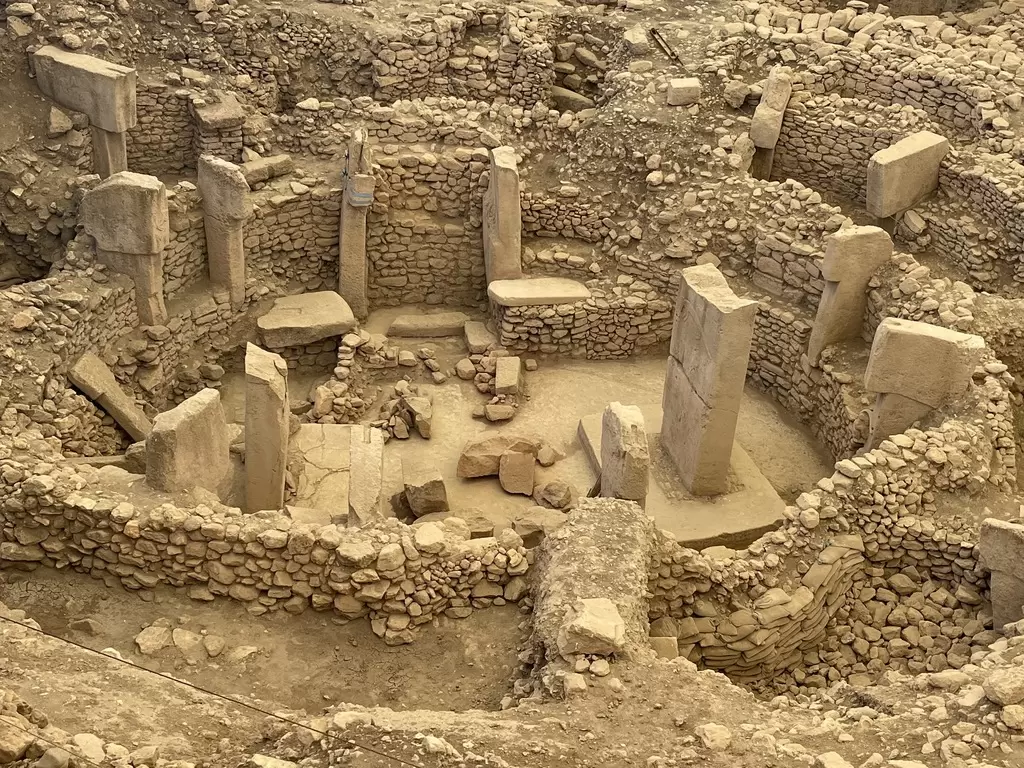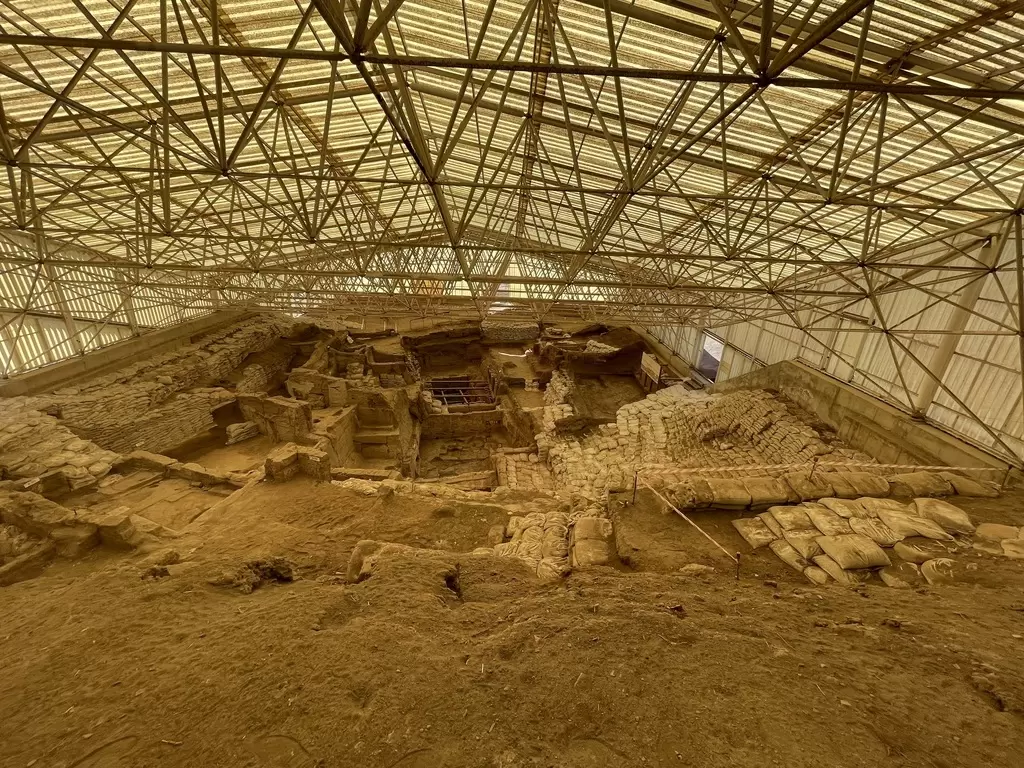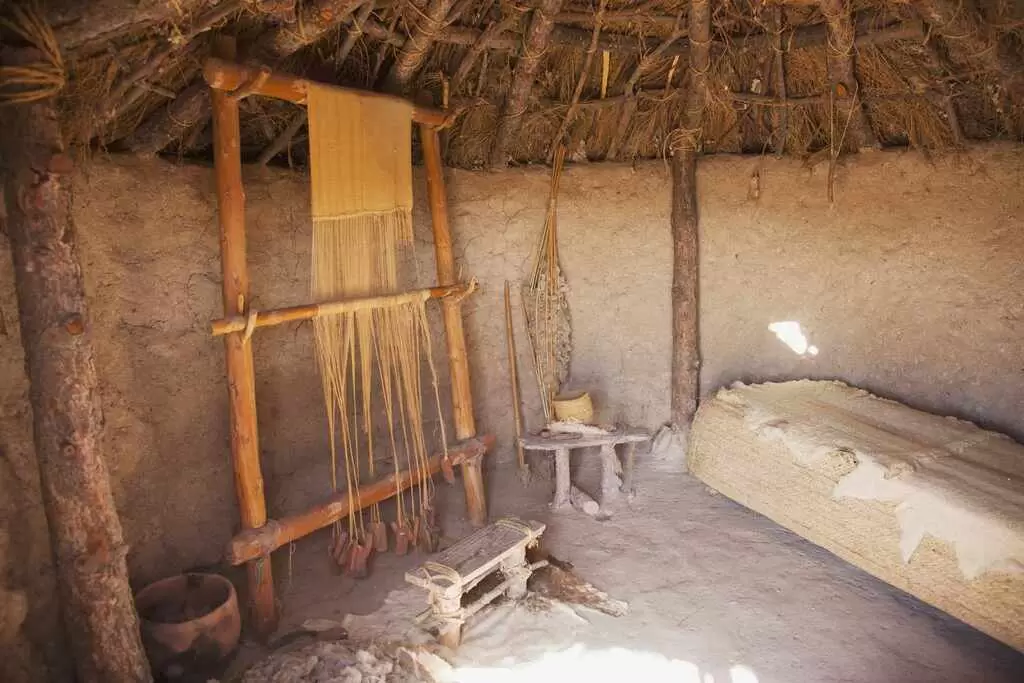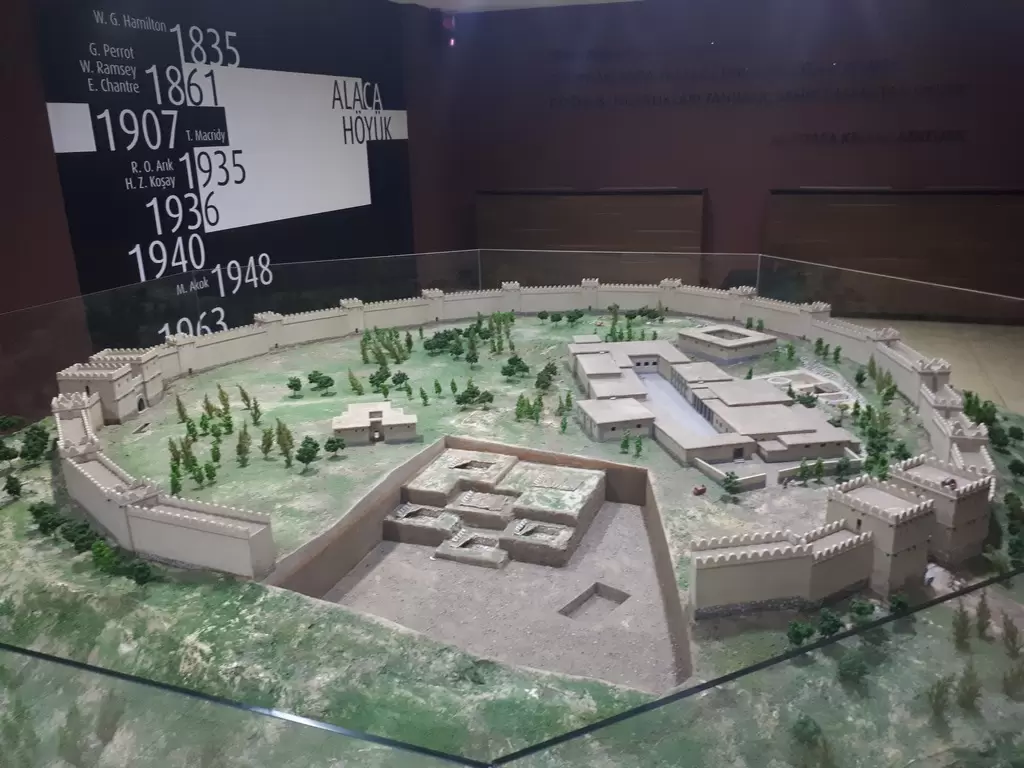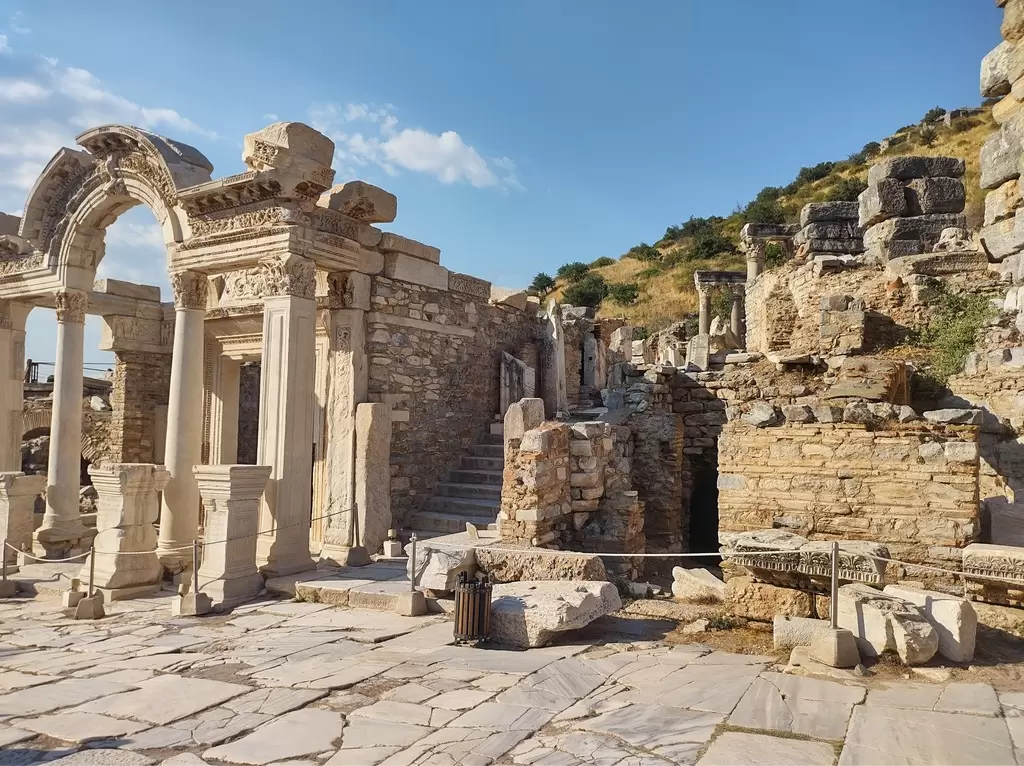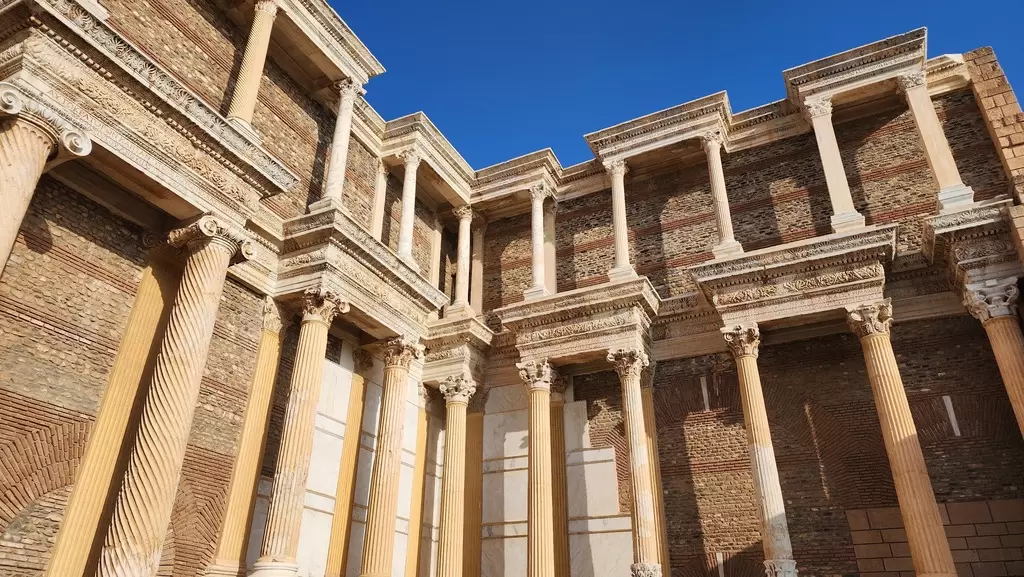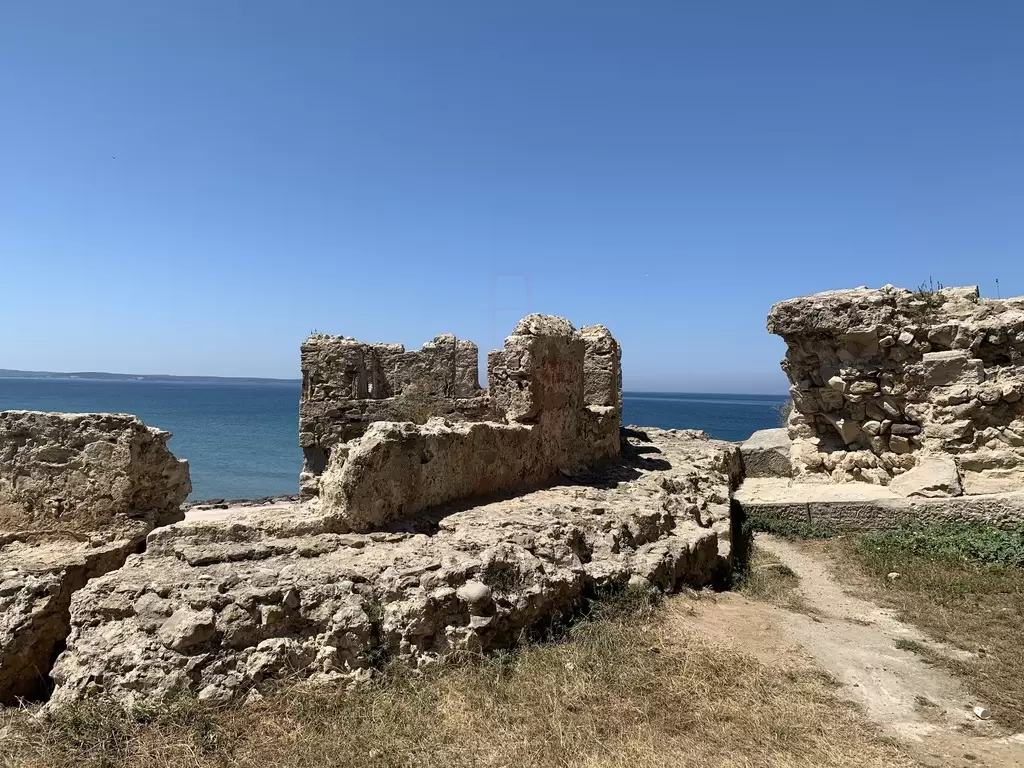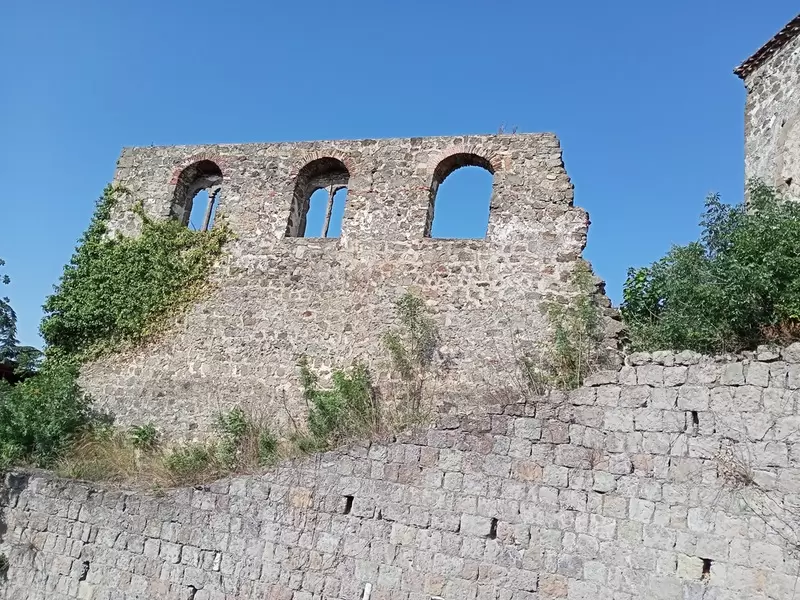
The Kingdom of Pontus was an ancient Hellenistic state located in the northeastern region of Anatolia, along the southern shores of the Black Sea. It emerged as a significant political entity in the 3rd century BCE, during a time when various kingdoms were vying for power in the wake of the fragmentation of the Macedonian Empire.
Initially a small kingdom, Pontus began to gain prominence under the leadership of King Mithridates I, who established a dynasty that would shape the kingdom's future. However, it was under his descendant, Mithridates VI, that Pontus reached its zenith. Mithridates VI, often referred to as Mithridates the Great, ruled from approximately 120 to 63 BCE and is known for his ambitious expansionist policies. He sought to unite the regions around the Black Sea under his control, leading to significant territorial gains.
Mithridates VI was an astute and formidable ruler, known for his military prowess and diplomatic skills. He engaged in several wars against Rome, which was expanding its influence in the region. The conflicts, known as the Mithridatic Wars, were characterized by Mithridates' attempts to resist Roman domination and assert the independence of Pontus. His campaigns included notable battles against Roman generals such as Lucullus and Pompey, showcasing his tactical ingenuity and the kingdom's military capabilities.
The Kingdom of Pontus was strategically positioned along key trade routes, facilitating commerce between the Black Sea and the interior of Anatolia. Its economy thrived on agriculture, fishing, and the extraction of natural resources, including minerals from the nearby mountains. The fertile lands of Pontus allowed for the cultivation of various crops, which contributed to the prosperity of the kingdom.
Pontus was also a cultural melting pot, blending Greek and local traditions. The influence of Greek culture is evident in its art, architecture, and religious practices. The kingdom's cities, such as Amisos (modern-day Samsun) and Amasya, became important centers of trade and culture. The Pontic people engaged in various artistic endeavors, producing intricate pottery, sculpture, and coinage that reflected their rich heritage.
Despite its strengths, Pontus faced challenges from within and outside its borders. Internal strife, succession disputes, and the rise of rival powers weakened the kingdom. Ultimately, the persistent conflicts with Rome culminated in the defeat of Mithridates VI. Following his defeat in 63 BCE, Pontus was annexed by the Roman Empire, marking the end of its independence.
Under Roman rule, the region retained its significance, continuing to be an important center for trade and culture. The legacy of the Kingdom of Pontus endures in historical accounts, archaeological findings, and the cultural influences that shaped the region. Its history reflects the complexities of power dynamics in the ancient world and the enduring impact of Hellenistic culture in Anatolia. Today, remnants of its rich past can be explored through archaeological sites and museums that showcase the kingdom's contributions to history.








